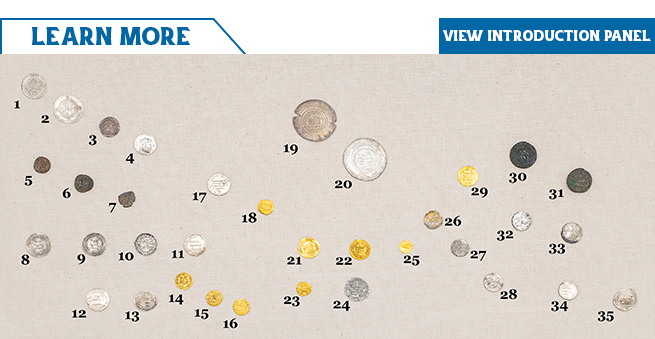
Islam began when the prophet Mohammad fled to Medina in the year 622. His escape from persecution, known as the Hijra, marks the beginning of the Islamic (or Hijri) calendar. Safe in Medina, Mohammad and his followers united the Arab tribes and conquered Mecca. By his death in 632 (AH 10), most of the Arabian Peninsula had converted to Islam, cementing a single Arab identity founded upon their shared Muslim religion.
Mohammad was followed by a succession of four caliphs who began the expansion of Islam into Eurasia and North Africa. In 661, the Umayyads (661-750) established the first Islamic dynasty, based in Damascus. It quickly extended its political and religious governance within Central Asia, across North Africa and into Spain. The Abbasid Dynasty (750-1258) followed, moving the capital to Baghdad, which would become one of the world’s great centers of learning. Islamic science, culture and philosophy flowered, preserving and expanding the knowledge inherited from their Hellenistic predecessors. Through incentives, social integration and cultural adaptation, the Abbasids encouraged the Islamic conversion of the peoples living within their empire. Islam spread beyond their borders, as well, with significant conversions among the Turkic tribes in Central Asia and the peoples of the Sahara.
The rise of Islam precipitated a fundamental change in the relationship between the Middle East and its neighbors. Islam created a new religious and social culture, incorporating the Hellenistic and Persian traditions that had dominated the region for thousands of years.
